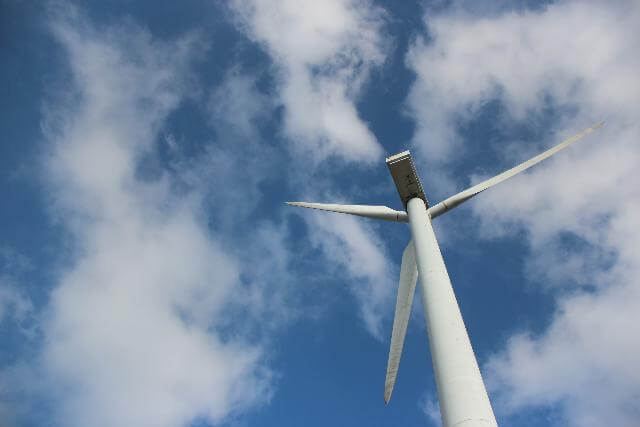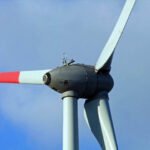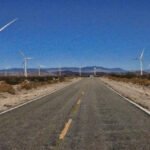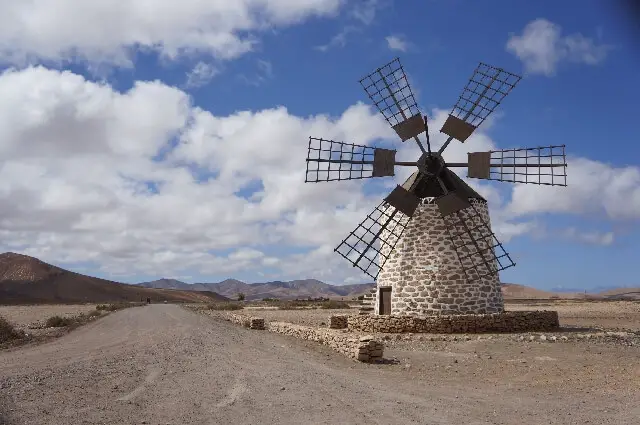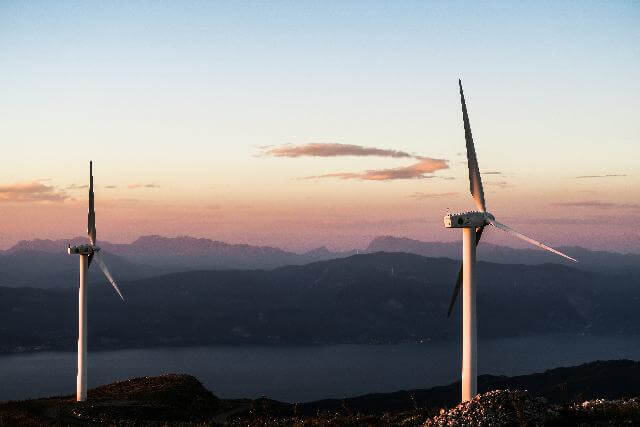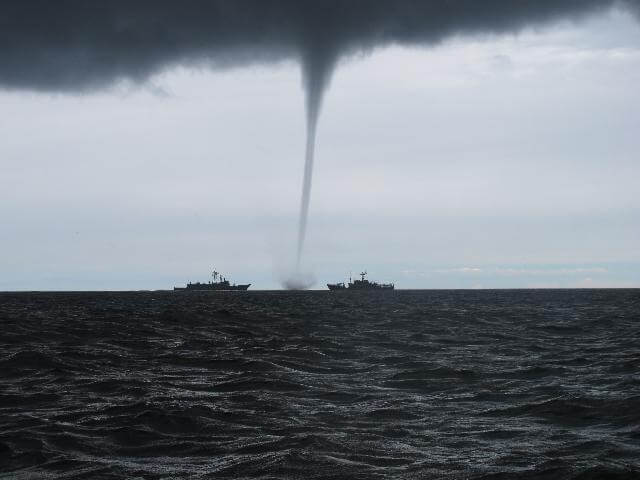Wind is a type of renewable energy. It gets collected by turbines on wind farms, either on land or open water.
The differences between “renewable” and “non-renewable” energy will be explained below, as well as how wind is used to generate electricity. Some of the advantages and disadvantages of wind energy will also be discussed.
What is meant by “renewable” and “non-renewable” energy?
Renewable forms of energy are those that get naturally replenished and cannot be depleted over time. This means they are sustainable.
In addition, harvesting renewable energy does not release harmful carbon dioxide emissions into the atmosphere and has relatively few negative effects on the environment.
Thus, renewable energy is also referred to as “green” or “clean” energy. Besides wind, other examples of renewable energy include solar, hydroelectric, and geothermal energy.
Oil, gas, and coal, on the other hand, are examples of non-renewable energy. They are also referred to as “fossil fuels.”
Fossil fuels are non-renewable because they are limited and take a long time to replenish, and the methods used to extract them often harm both human health and the environment.
They also contribute to global warming because of the carbon dioxide they emit during combustion.
How does wind energy generate electricity?
Wind turbines operate on the simple principle that kinetic energy (energy caused by motion, i.e., the wind) can be used to generate mechanical power, which, in turn, can be converted into electricity.
This is achieved by air flowing over the blades of a wind turbine, which creates lift: the same aerodynamic force that keeps helicopters and airplanes in the air.
This causes the blades of the wind turbine to spin, turning a rotor connected to a generator.
The generator then converts the mechanical energy harnessed from the wind into electricity.
What are some of the advantages of wind energy?
Wind has many other benefits besides being a renewable source of energy, such as:
1. Wind is a domestic source of energy. Unlike coal, which needs to be mined and transported to a commercial power plant before it can be used to generate electricity, wind power can be harvested from within our very own homes. In other words, households can install residential wind systems that can help to reduce their electricity bill.
2. Wind turbines can be built on existing farms. This is because wind turbines have a relatively small footprint, and the land underneath them can continue to be used for agricultural purposes. This benefits the economy of the rural areas where wind farms are usually established because they provide an additional source of income to the landowner.
3. Wind power is cost-effective. Wind cannot be quantified like other types of fuel, such as oil or coal. It, therefore, has no monetary value, eliminating the fuel-related costs that generally influence the price of traditional sources of energy. Thus, customers are only charged for the electrical output that the wind turbines produce. In addition, the electricity generated by wind farms is usually sold at a fixed price for a prolonged time.
4. Wind energy can create jobs. Wind farms require wind turbine technicians to remain operational. They also produce other jobs relating to the manufacturing, installation, and maintenance of the turbines.
What are some of the disadvantages of wind energy?
All forms of renewable energy have drawbacks, and wind energy is no exception:
1. Wind farms can cause noise and visual pollution. Even though wind power plants are far more environmentally friendly in terms of air pollution and global warming, they can be noisy. Their presence on the landscape can also detract from scenes of natural beauty.
2. Wind farms can alter the local climate. Studies have found that wind farms contribute to small increases in ambient nighttime temperatures. While this can benefit agriculture, it can also cause changes to the habitat of certain species and damage the ecology of an area.
3. Wind turbines pose a danger to birds and bats. The turbines’ spinning blades can be fatal to these two species, although casualties are being reduced due to technological developments and the proper siting of wind power plants.
4. Wind farms are not always the most profitable use of the land. This means that wind farms are less likely to be established if the land can be used for something that will generate more income.
5. Wind farms are often situated in remote areas. This requires transmission lines to be built to distribute the electricity generated by wind farms to cities and residential areas.
6. Wind power still costs more than conventional energy sources. Wind farms need to produce enough electricity to keep up with demand, but this is not always possible given that wind does not blow in equal amounts every day. Thus, wind farms in less windy areas are not very cost-effective in comparison to conventional energy sources.
Conclusion
The power generated by wind turbines is a type of renewable energy. This means that it can be replenished, unlike non-renewable energy sources that will eventually run out.
References:
Advantages and Challenges of Wind Energy. [online] Available at: <https://www.energy.gov/eere/wind/advantages-and-challenges-wind-energy> [Accessed 24 September 2021].
Biello, D., 2010. How Wind Turbines Affect Your (Very) Local Weather. [online] Scientific American. Available at: < https://www.scientificamerican.com/article/how-wind-turbines-affect-temperature/> [Accessed 27 September 2021].
How Do Wind Turbines Work?. [online] Available at: <https://www.energy.gov/eere/wind/how-do-wind-turbines-work> [Accessed 23 September 2021].
Shinn, L., 2018. Renewable Energy: The Clean Facts. [online] NRDC. Available at: <https://www.nrdc.org/stories/renewable-energy-clean-facts> [Accessed 23 September 2021].
